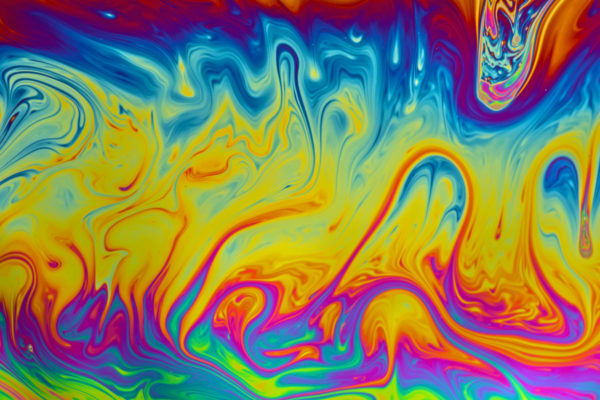By Ashley Zheng
Fall marks the start of many things: sweater weather, cloudy skies, the resurgence of everything pumpkin spice, and the beginning of rave season. San Francisco’s Bill Graham Civic Auditorium alone has hosted several big-name EDM artists such as Yellow Claw, Jauz, and Zedd just in the past few weeks, with many more still to come. At these raves, as surely as you’ll find thousands of people having a good time, you’re also likely to find a plenitude of different drugs. Psychoactive substance MDMA, perhaps better known as Molly or Ecstasy, is fairly popular at these parties for its euphoric high-inducing powers. The United States Drug Enforcement Administration (DEA) classifies it as a Schedule 1 drug, so strict regulations have traditionally limited the types of research that scientists can conduct on its stimulant and psychedelic effects in the brain.
Psychedelics have had a controversial history, rising with the counterculture of the 1960s before being banned in 1985. However, despite its reputation (Berkeley might be a little different), MDMA has shown huge promise as a treatment for post-traumatic stress disorder (PTSD). PTSD is a mental health disorder brought on by witnessing or experiencing a traumatic event, such as combat or sexual assault. Symptoms include debilitating flashbacks, nightmares, heightened reactivity, and negative changes in mood and behavior that interfere with daily life and can also lead to other problems such as depression, anxiety, or drug use. Recent years have seen a rise in the number of people suffering from PTSD, especially among veterans of the Iraq and Afghanistan wars. An estimated 7-8% of the United States population, nearly 26 million people, will experience this disorder at some point in their lifetime. Current treatments include psychotherapy sessions and/or medication, but the very nature of PTSD makes it a particularly challenging condition to treat. To some, thinking about what they’ve experienced can trigger panic and fear that make it impossible for the patient to talk through and process their trauma in therapy. In addition, the medicines currently recommended for PTSD patients have especially low success rates in veterans because veterans’ experiences tend to have been prolonged significantly.
Image Source: Three Lions
That’s where party drug MDMA comes in. Multiple studies have shown positive effects from giving patients controlled doses of this substance in conjunction with traditional therapy sessions; less than a quarter of patients who were given MDMA in conjunction with psychotherapy were considered to have PTSD after treatment, compared to over 80% in the group treated with psychotherapy alone. These results last in the long-term; the same study followed up with patients nearly four years after treatment and found additional decreases in symptom severity from when they had last evaluated patients at two months post-treatment. One drawback of these studies is that the subjects could usually tell whether they had been given MDMA, a drawback that pretevents double-blind studies from being conducted. However, the researchers and the Federal Drug Administration attempted to account for this deficit by ensuring that the doctors evaluating patients are kept unaware of which group their patients belong to.
Both researchers and study participants attribute MDMA’s success to the feeling of dissociation it evokes: the same feeling that makes it such a popular party drug. When the traditional approach of psychotherapy alone fails, treatment tends to focus on trying to relieve immediate symptoms through medication rather than addressing the underlying problem. However, MDMA’s euphoria-inducing effects can dampen the debilitating emotional response that a particular memory might evoke, so patients are finally able to work through their trauma in therapy. In fact, MDMA has shown so much promise that back in August, the FDA gave the drug “breakthrough therapy“ status and approved two large-scale clinical studies that could conclude as early as 2021. After that, this Schedule 1 party drug might just become one of many prescriptions people can pick up from their local pharmacy.
Featured Image Source: derek82 – stock.adobe.com










